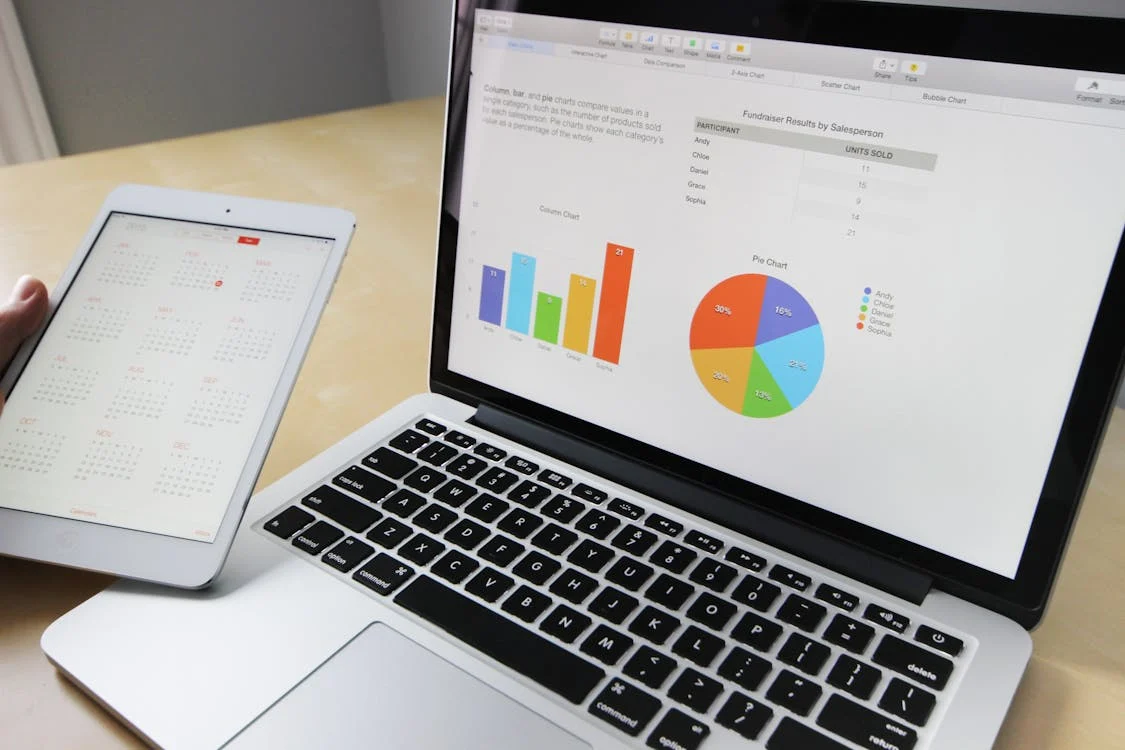In the ever-evolving world of business, merger and acquisition (M&A) activities have become a common strategy for companies looking to grow, diversify, or streamline their operations. However, as M&A transactions have grown in complexity, the tools and technologies used in the process have also evolved. One such tool that is increasingly shaping the landscape of successful M&A deals is the M&A virtual data room (VDR).
In this article, we will explore the role of VDRs in M&A, how they differ from traditional methods, and why they are becoming indispensable for merger and acquisition companies.
Understanding the difference between mergers and acquisitions
Before diving into the world of M&A virtual data rooms, it's essential to clarify the difference between mergers and acquisitions. While these terms are often used interchangeably, they have distinct meanings in the world of corporate finance.
A merger refers to the combination of two separate companies to form a new entity. In a merger, both companies usually cease to exist as independent entities and become one, with shared ownership and control. On the other hand, an acquisition involves one company purchasing another, with the acquired company often continuing to operate as a subsidiary or under the brand name of the acquiring company. In acquisitions, the acquiring company takes control of the acquired company's assets, operations, and liabilities.
Regardless of whether it's a merger or acquisition, the due diligence process is a critical component of the M&A process, and this is where M&A virtual data rooms play a significant role.
The role of M&A virtual data rooms
Traditionally, the due diligence process in M&A transactions involved physical documentation, face-to-face meetings, and a lengthy, cumbersome exchange of information. However, the advent of technology has revolutionized this process, making it more efficient, secure, and cost-effective.
- Tip: To take a deeper dive into the world of M&As, check out these M&A books: https://mnacommunity.com/insights/best-merger-and-acquisition-books/
Several companies specialize in providing M&A virtual data room software. These providers have played a pivotal role in shaping the landscape of successful M&A deals by offering cutting-edge technology and robust security measures.
Here are some key ways in which M&A virtual data rooms are shaping the M&A landscape:
- Enhanced security: M&A deals involve highly sensitive and confidential information, including financial data, intellectual property, and legal documents. M&A VDRs are equipped with advanced security features such as encryption, multi-factor authentication, and access controls to ensure that only authorized individuals can access the information. This level of security is challenging to replicate in traditional, paper-based due diligence processes.
- Efficient document management: M&A VDRs provide a user-friendly interface for organizing and categorizing documents, making it easy for both parties to navigate and find the information they need quickly.
- Collaboration and communication: VDRs facilitate real-time collaboration and communication among the parties involved in an M&A deal. This includes the ability to ask questions, request additional information, and discuss terms directly within the platform, eliminating the need for lengthy email chains and meetings.
- Cost savings: By eliminating the need for physical document storage and reducing the administrative overhead associated with traditional due diligence processes, M&A VDRs can result in significant cost savings for both buyers and sellers.
- Accessibility: M&A VDRs are accessible from anywhere with an internet connection, enabling global M&A transactions to proceed smoothly without the need for all parties to be physically present in one location.
- Compliance and auditing: VDRs maintain a detailed audit trail of all activities within the platform, which is crucial for compliance and regulatory purposes.
The future of M&A and VDRs
As technology continues to advance, the role of M&A Virtual Data Rooms in shaping the future of M&A transactions will only become more pronounced. Here are some trends to watch for:
- Artificial intelligence (AI) integration: AI-powered features such as document categorization, natural language processing, and predictive analytics will further enhance the efficiency of M&A VDRs, making it even easier to identify key insights from large volumes of data.
- Blockchain for security: Some M&A VDR providers are exploring blockchain technology to enhance security further. Blockchain's immutable ledger can provide an additional layer of trust and transparency in M&A transactions.
- Integration with project management tools: Integration with project management tools and collaboration platforms will make it even more seamless for M&A teams to coordinate and manage due diligence processes.
- Enhanced mobile accessibility: Mobile apps and responsive design will ensure that M&A professionals can access and manage data on the go, providing greater flexibility and agility in deal-making.
Conclusion
In the dynamic world of merger and acquisitions, M&A virtual data rooms have emerged as a game-changing tool. They offer enhanced security, efficiency, and accessibility compared to traditional methods of due diligence. As technology continues to evolve, the role of M&A VDRs in shaping successful deals will only become more crucial. In an era where information is power, this secure virtual data room is the key to unlocking the potential of M&A transactions, making them faster, more efficient, and more secure than ever before.
